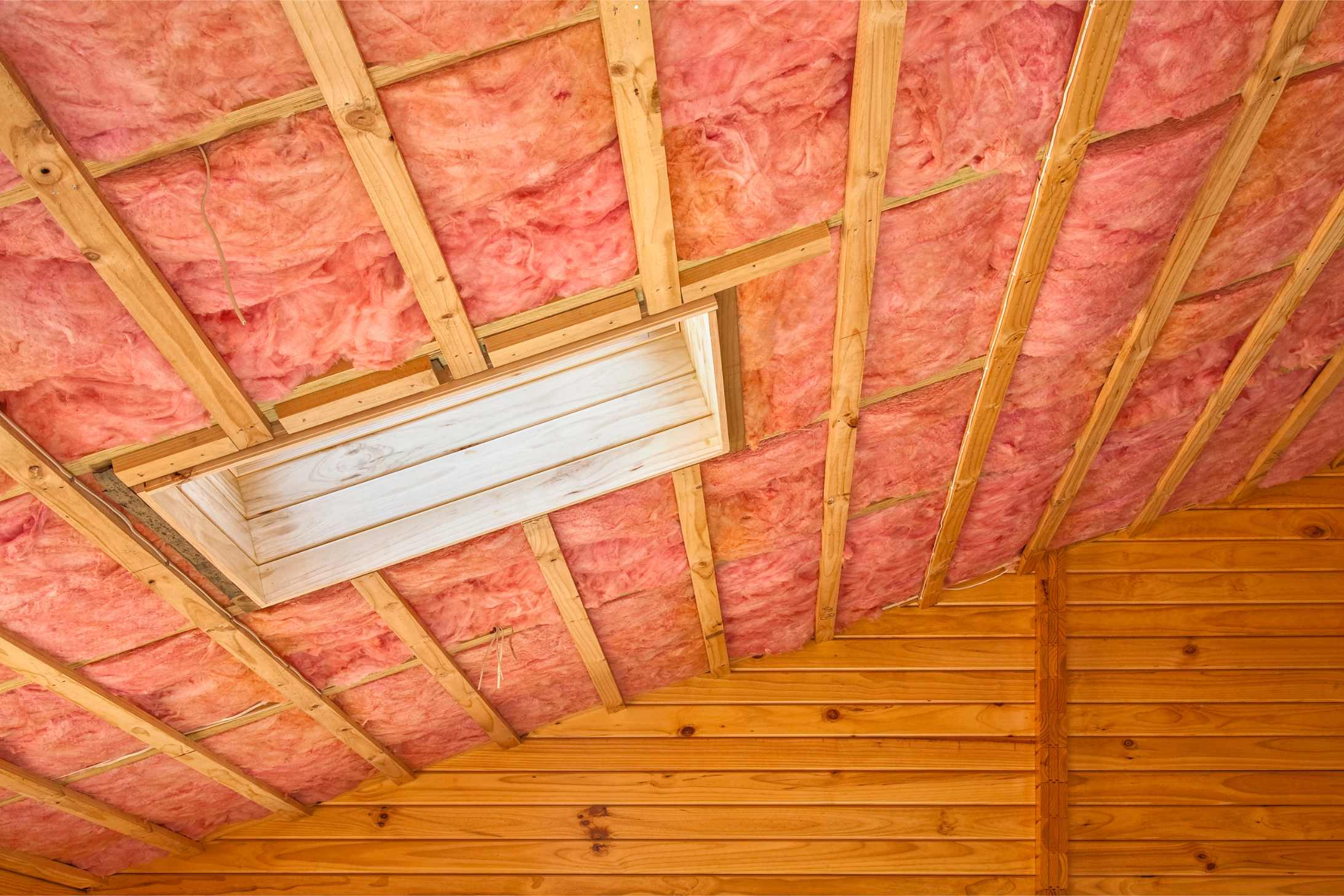

Articles
How Thick Is R-30 Insulation
Modified: May 6, 2024
Discover everything you need to know about R-30 insulation thickness. Find informative articles on how to properly install and maximize the efficiency of your insulation.
(Many of the links in this article redirect to a specific reviewed product. Your purchase of these products through affiliate links helps to generate commission for Storables.com, at no extra cost. Learn more)
Introduction
Insulation plays a crucial role in maintaining the comfort and energy efficiency of a home or building. It helps to regulate temperature, reduce noise, and lower energy costs. When it comes to insulating, one commonly used type is R-30 insulation. But just how thick is R-30 insulation?
In this article, we will delve into the details of R-30 insulation, understanding its thickness, how it is measured, and the factors that affect its thickness. Additionally, we will explore the benefits of using R-30 insulation and important considerations for its installation.
Whether you are a homeowner looking to improve the insulation in your house or a contractor seeking to understand more about R-30 insulation, this article will provide you with the necessary insights to make informed decisions.
Key Takeaways:
- R-30 insulation, with a thermal resistance level indicated by its “R” value, provides improved energy efficiency and reduced heat transfer. Its thickness varies based on factors such as insulation material, available space, and code requirements.
- Proper installation of R-30 insulation is crucial for maximizing its benefits, including improved energy efficiency, enhanced comfort, noise reduction, environmental sustainability, increased property value, and long-term cost savings. Consulting with insulation professionals ensures optimal results.
Read more: What Is R-30 Insulation
What is R-30 Insulation?
R-30 insulation is a type of thermal insulation that is commonly used in residential and commercial buildings to enhance energy efficiency and thermal performance. The “R” in R-30 stands for resistance, and it represents the insulation’s ability to resist heat flow through it.
The numerical value, in this case, “30,” indicates the thermal resistance level of the insulation. The higher the R-value, the better the insulation’s ability to resist heat transfer. R-30 insulation is specifically designed to provide high levels of thermal resistance, making it a popular choice for areas with colder climates or when increased energy efficiency is desired.
R-30 insulation is typically made from materials such as fiberglass, mineral wool, or cellulose, which are known for their excellent insulation properties. These materials are often bonded together in a batt or blanket form, allowing for easy installation in walls, attics, and crawlspaces.
Insulation, including R-30 insulation, works by slowing down the transfer of heat. It creates a barrier that helps keep heat inside during the winter and outside during the summer, allowing for more comfortable living conditions and reduced energy consumption.
It is important to note that the R-value alone is not the sole factor in determining the effectiveness of insulation. Factors such as air sealing, installation quality, and proper ventilation all play a role in achieving optimal thermal performance.
Now that we have a basic understanding of what R-30 insulation is, let’s explore how its thickness is measured and what factors can affect its thickness.
Understanding Insulation Thickness
Insulation thickness is a crucial factor when it comes to choosing the right type and achieving optimal energy efficiency in a building. The thickness of insulation determines its thermal resistance, which affects its ability to control heat flow.
The thickness of insulation is typically measured in inches, representing the distance between the two surfaces that the insulation will be applied to. The thicker the insulation, the greater its ability to resist heat transfer. However, it is important to note that different insulation materials have different thermal properties, so the R-value can vary even at the same thickness.
R-30 insulation is designed to provide a high level of thermal resistance, which corresponds to a certain thickness. For example, fiberglass batt insulation with an R-value of 30 is typically around 9.5 inches thick, while cellulose insulation with the same R-value may require a slightly thicker installation.
Insulation thickness requirements can vary depending on the specific building code and climate zone. The International Energy Conservation Code (IECC) sets standards for insulation thickness based on geographic location and expected climate conditions. It is important to consult local building codes and professionals to determine the appropriate insulation thickness for your specific project.
When selecting insulation for a project, it’s essential to consider factors such as available space, desired R-value, and the insulation material’s specific thermal properties. This will help ensure that the chosen insulation thickness meets the required energy efficiency standards and provides optimal thermal performance.
It’s also worth mentioning that adding additional layers of insulation, commonly known as “double walling,” can further increase the thermal resistance and energy efficiency of a building. This technique involves installing multiple layers of insulation to achieve a higher R-value.
Now that we have a better understanding of insulation thickness and its significance, let’s explore how R-30 insulation is measured.
How is R-30 Insulation Measured?
The measurement of R-30 insulation involves determining its thermal resistance, which is expressed as an R-value. The R-value represents the insulation material’s ability to resist heat flow, with higher values indicating better insulation performance.
To measure the R-value of insulation, a test is conducted in a laboratory setting. This test involves measuring the amount of heat that passes through a specific thickness of insulation material under controlled conditions. The lower the amount of heat transfer, the higher the R-value.
The R-value assigned to a specific insulation material is based on these laboratory tests, which provide a standard benchmark for comparing different types of insulation. It is important to note that the R-value is typically provided by the manufacturer and can vary depending on the type of insulation and its thickness.
For R-30 insulation, the R-value is determined based on its specific thermal resistance. The R-value of R-30 insulation is typically around 30, indicating its ability to resist heat flow. However, it’s important to remember that the thickness of R-30 insulation can vary depending on the material used.
When selecting R-30 insulation for a project, it is crucial to ensure that the chosen insulation meets the desired R-value and thickness requirements. This will ensure that the insulation provides the necessary level of thermal resistance and energy efficiency.
It’s worth noting that the R-value is additive, meaning that combining different layers or types of insulation can increase the overall thermal resistance of a building. However, it is important to follow proper installation guidelines and consult with professionals to ensure the insulation layers are properly aligned and provide the desired R-value.
Now that we understand how R-30 insulation is measured, let’s discuss the factors that can affect its thickness.
R-30 insulation is typically around 9.5 inches thick. However, it’s important to check the manufacturer’s specifications for the specific type of insulation you are using.
Factors Affecting the Thickness of R-30 Insulation
The thickness of R-30 insulation can be influenced by several factors, which should be taken into consideration when planning for insulation installation. These factors can impact the overall thermal performance and effectiveness of the insulation. Let’s explore the most significant factors below:
- Insulation Material: Different materials have varying thermal properties and R-values. Fiberglass, mineral wool, and cellulose are commonly used for R-30 insulation, with each material having its own recommended thickness to achieve the desired R-value.
- Available Space: The available space within the wall cavity, attic, or any other area where insulation will be installed can impact the thickness of R-30 insulation. Limited space may require the use of thinner insulation materials or alternative installation methods such as spray foam insulation.
- Code and Climate Requirements: Building codes and climate zone requirements may dictate specific R-value and insulation thickness standards. It is crucial to consult local building codes and standards to ensure compliance and optimal energy efficiency.
- Installation Method: The method of installation can also affect the thickness of R-30 insulation. For example, batt insulation may require a specific thickness to achieve the desired R-value, while blown-in or loose-fill insulation may settle over time and necessitate additional insulation to maintain the R-value.
- Environmental Factors: Environmental factors, such as the temperature, humidity levels, and exposure to moisture or pests, can impact the performance and lifespan of insulation. It is important to choose insulation materials that can withstand these factors, maintaining their thickness and thermal resistance over time.
Considering these factors when selecting and installing R-30 insulation is crucial to ensure the insulation’s effectiveness and long-term performance. It is recommended to consult with insulation professionals or contractors to assess the specific requirements and make informed decisions about the insulation’s thickness.
Now that we have explored the factors affecting the thickness of R-30 insulation, let’s move on to discussing the benefits of using R-30 insulation.
Read more: How Thick Is R-13 Insulation
Benefits of Using R-30 Insulation
R-30 insulation offers a range of benefits that make it a popular choice for enhancing energy efficiency and thermal performance in buildings. Let’s explore some of the key advantages of using R-30 insulation:
- Improved Energy Efficiency: R-30 insulation has a high thermal resistance, which helps to reduce heat transfer through walls, attics, and other areas where it is installed. This leads to improved energy efficiency by minimizing heat loss in the winter and heat gain in the summer, reducing the need for heating and cooling, and lowering energy costs.
- Enhanced Comfort: By effectively insulating the building envelope, R-30 insulation helps to maintain more consistent indoor temperatures. It reduces drafts, cold spots, and heat transfer, creating a more comfortable living or working environment throughout the year.
- Noise Reduction: In addition to thermal insulation, R-30 insulation also provides sound insulation properties. It helps reduce the transmission of outside noise, creating a quieter indoor environment and enhancing privacy.
- Environmental Sustainability: Improved energy efficiency resulting from R-30 insulation can contribute to reducing greenhouse gas emissions. By minimizing reliance on heating and cooling systems, R-30 insulation helps to lower a building’s carbon footprint and lessen its impact on the environment.
- Increased Property Value: Installing R-30 insulation can increase the overall value of a property. Energy-efficient features, including high-quality insulation, are highly desirable to potential buyers and can distinguish a property in the market.
- Long-Term Cost Savings: While the upfront cost of R-30 insulation installation may vary, the long-term cost savings from reduced energy consumption typically outweigh the initial investment. Over time, the energy savings can offset the cost of insulation and provide significant financial benefits.
It is important to note that the benefits of R-30 insulation can vary depending on the specific climate, building type, and other factors. Consulting with insulation professionals or energy auditors can provide further insights into the potential benefits of R-30 insulation for a particular building.
Now that we have explored the benefits of using R-30 insulation, let’s move on to discussing important considerations for its installation.
Installation Considerations for R-30 Insulation
Proper installation is crucial for maximizing the performance and effectiveness of R-30 insulation. Consider the following factors when installing R-30 insulation:
- Code Compliance: Ensure that the installation of R-30 insulation adheres to local building codes and regulations. Familiarize yourself with the specific requirements, including minimum R-value and recommended installation techniques.
- Moisture Control: Moisture can compromise the performance of insulation and lead to issues such as mold growth. Take steps to address any moisture concerns before installing R-30 insulation. This may involve sealing any leaks or addressing ventilation issues.
- Air Sealing: Proper air sealing is essential to prevent air leakage, which can reduce the effectiveness of insulation and compromise energy efficiency. Identify and seal gaps, cracks, and other openings before installing R-30 insulation.
- Correct Installation Techniques: Follow recommended installation techniques specific to the type of R-30 insulation being used. This may include ensuring consistent coverage, avoiding compression of the insulation, and maintaining proper clearances around fixtures and equipment.
- Professional Installation: For complex or large-scale projects, it is advisable to hire professional insulation contractors who have the expertise and experience in installing R-30 insulation. They can ensure proper installation, address any challenges, and provide guidance on optimal insulation thickness and placement.
- Existing Insulation: Consider the presence of any existing insulation when installing R-30 insulation. It may be necessary to remove or upgrade the existing insulation to achieve the desired thermal performance and R-value.
- Safety Measures: Follow necessary safety precautions during installation, such as wearing appropriate protective gear and handling insulation materials according to the manufacturer’s guidelines. This will help ensure the safety of both the installers and the occupants of the building.
It is important to consult with insulation professionals or contractors for guidance on specific installation considerations based on your unique project requirements. Their expertise can help ensure that R-30 insulation is installed correctly, optimizing its effectiveness and energy efficiency.
Now that we have discussed installation considerations, let’s wrap up the article.
Conclusion
R-30 insulation provides a valuable solution for enhancing energy efficiency, thermal performance, and overall comfort in buildings. Understanding its thickness, measurement, and installation considerations can help in making informed decisions when selecting and installing R-30 insulation.
We have learned that R-30 insulation is a type of insulation with a high thermal resistance, offering improved energy efficiency and reduced heat transfer. Its thickness can vary depending on factors such as insulation material, available space, and code requirements.
Proper installation of R-30 insulation is crucial to maximize its benefits. It is essential to ensure compliance with building codes, address moisture control and air sealing, and follow correct installation techniques. Professional installation may be advisable for complex projects to ensure optimal results.
The benefits of using R-30 insulation are numerous. It improves energy efficiency, enhances comfort, reduces noise transmission, contributes to environmental sustainability, increases property value, and offers long-term cost savings.
Considering the thickness and installation requirements of R-30 insulation, along with its many benefits, can help homeowners and contractors in making informed decisions about enhancing the energy efficiency and thermal performance of their buildings.
Whether you are looking to insulate your home or a building project, R-30 insulation can provide the necessary thermal resistance to achieve optimal energy efficiency and comfort. By understanding its thickness, measurement, and installation considerations, you can make informed choices that result in a more energy-efficient and comfortable living or working environment.
Remember to consult with insulation professionals or contractors for personalized advice based on your specific project requirements. Their expertise will ensure that R-30 insulation is properly installed, maximizing its performance and long-term benefits.
Curious about what next year holds for home insulation materials? Dive into our latest article on fiberglass insulation, where we unveil top picks set to transform home energy efficiency in 2024. Whether you're upgrading your current setup or starting from scratch, understanding these cutting-edge options will ensure you're well-prepared. Don’t miss out on optimizing your home's warmth and energy consumption with these insightful recommendations.
Frequently Asked Questions about How Thick Is R-30 Insulation
Was this page helpful?
At Storables.com, we guarantee accurate and reliable information. Our content, validated by Expert Board Contributors, is crafted following stringent Editorial Policies. We're committed to providing you with well-researched, expert-backed insights for all your informational needs.
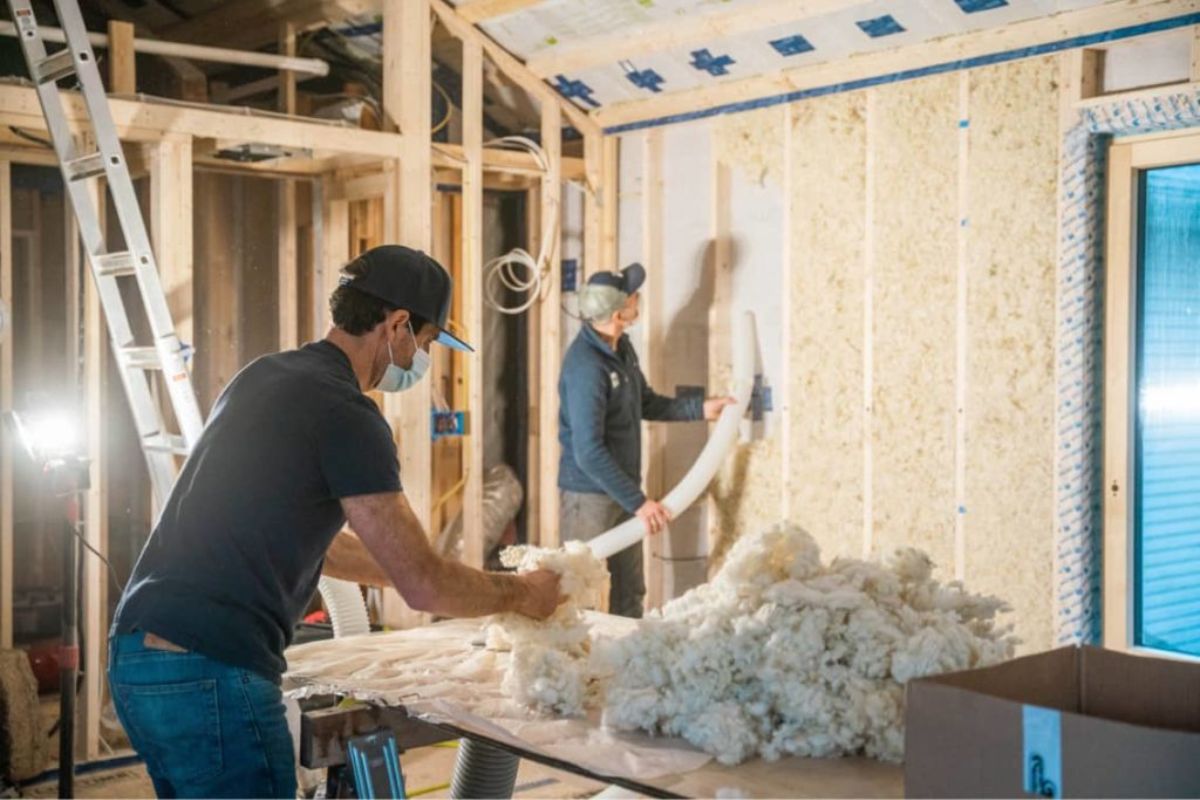
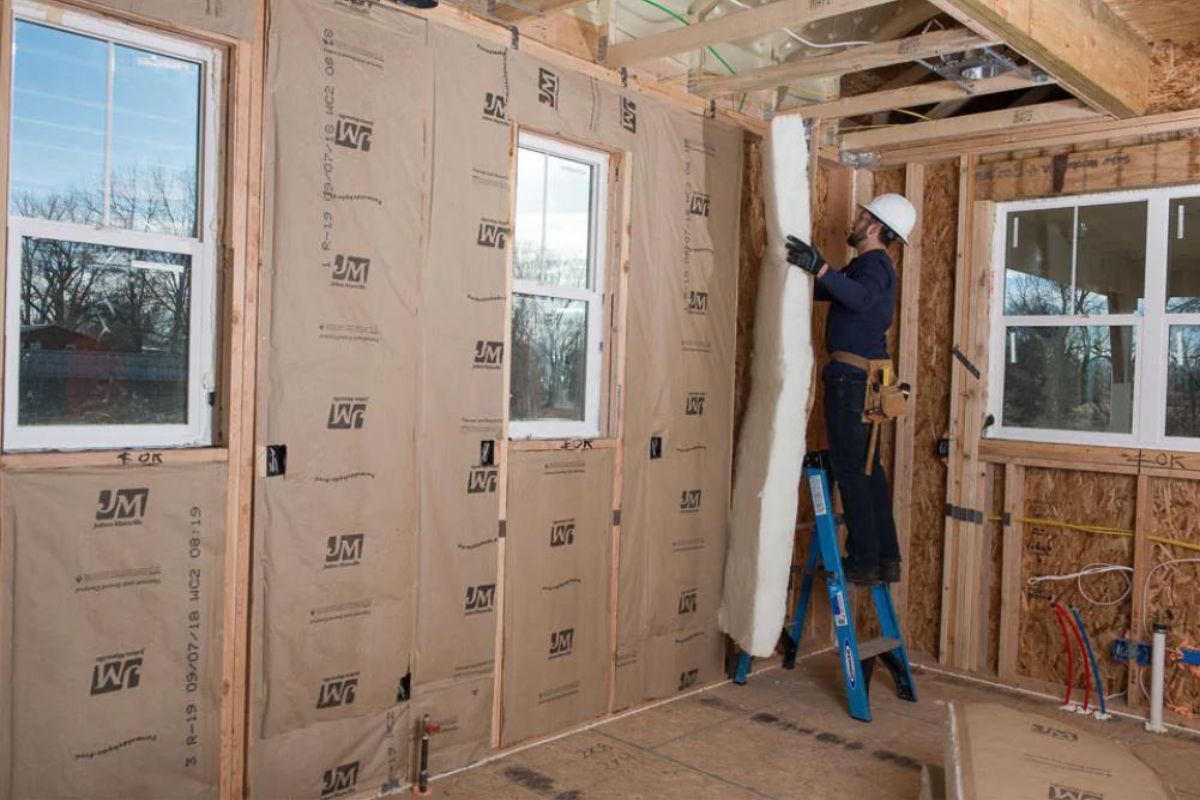
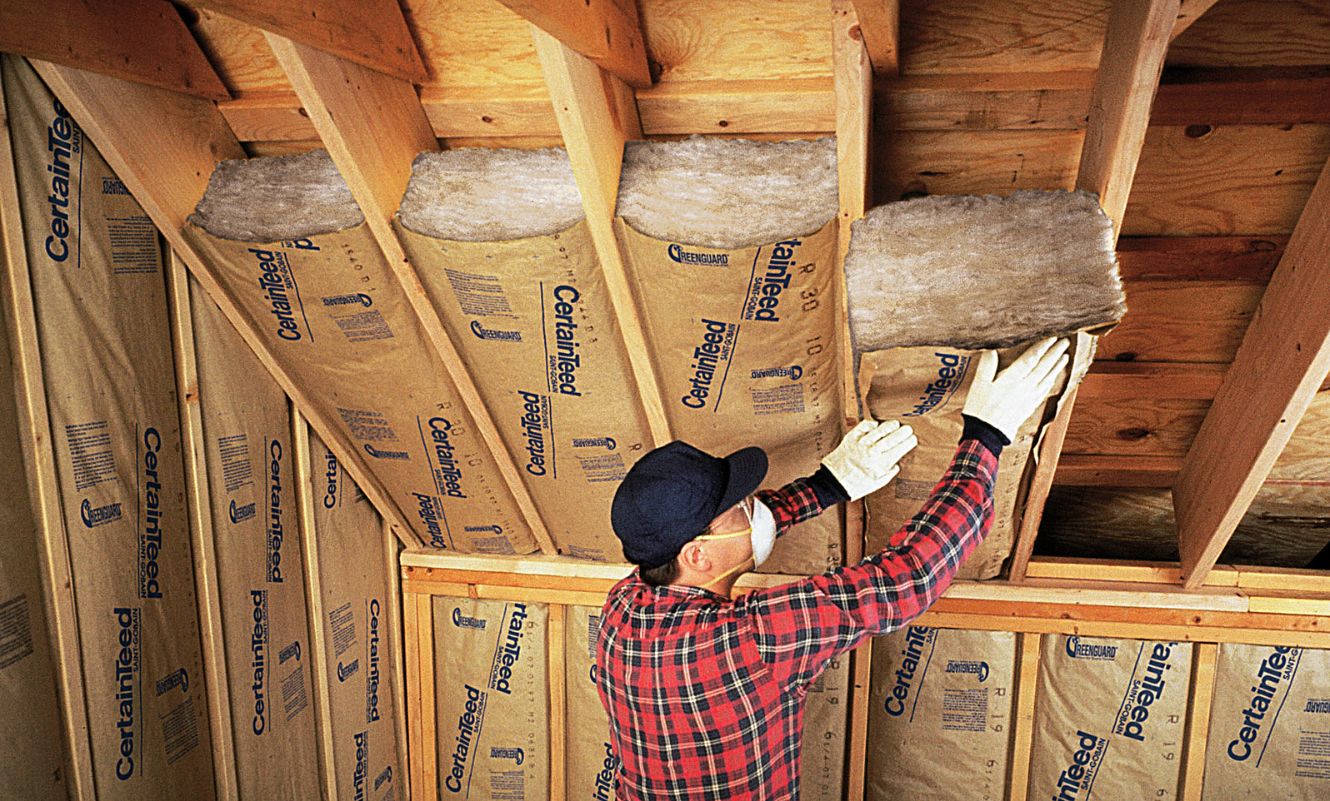
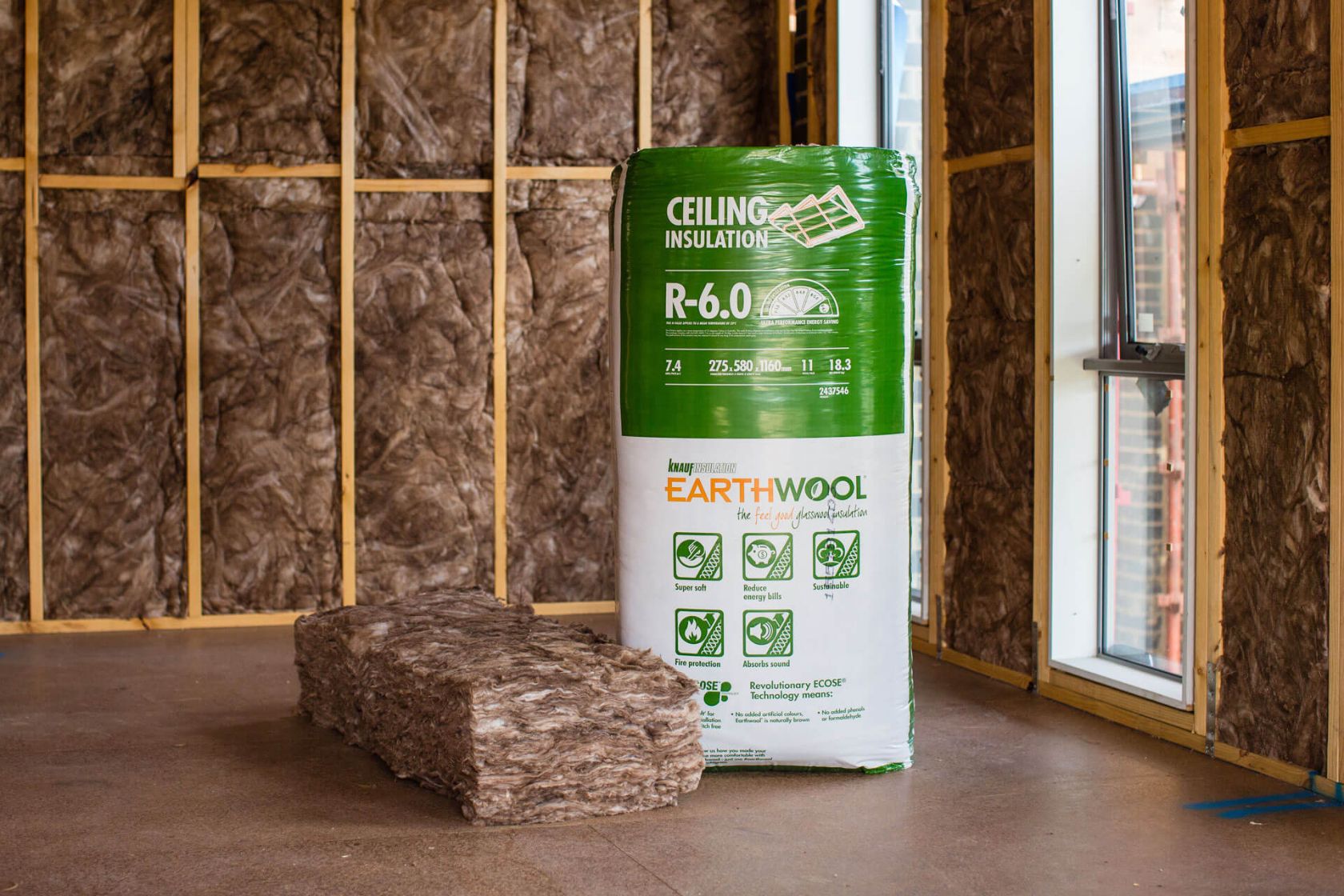
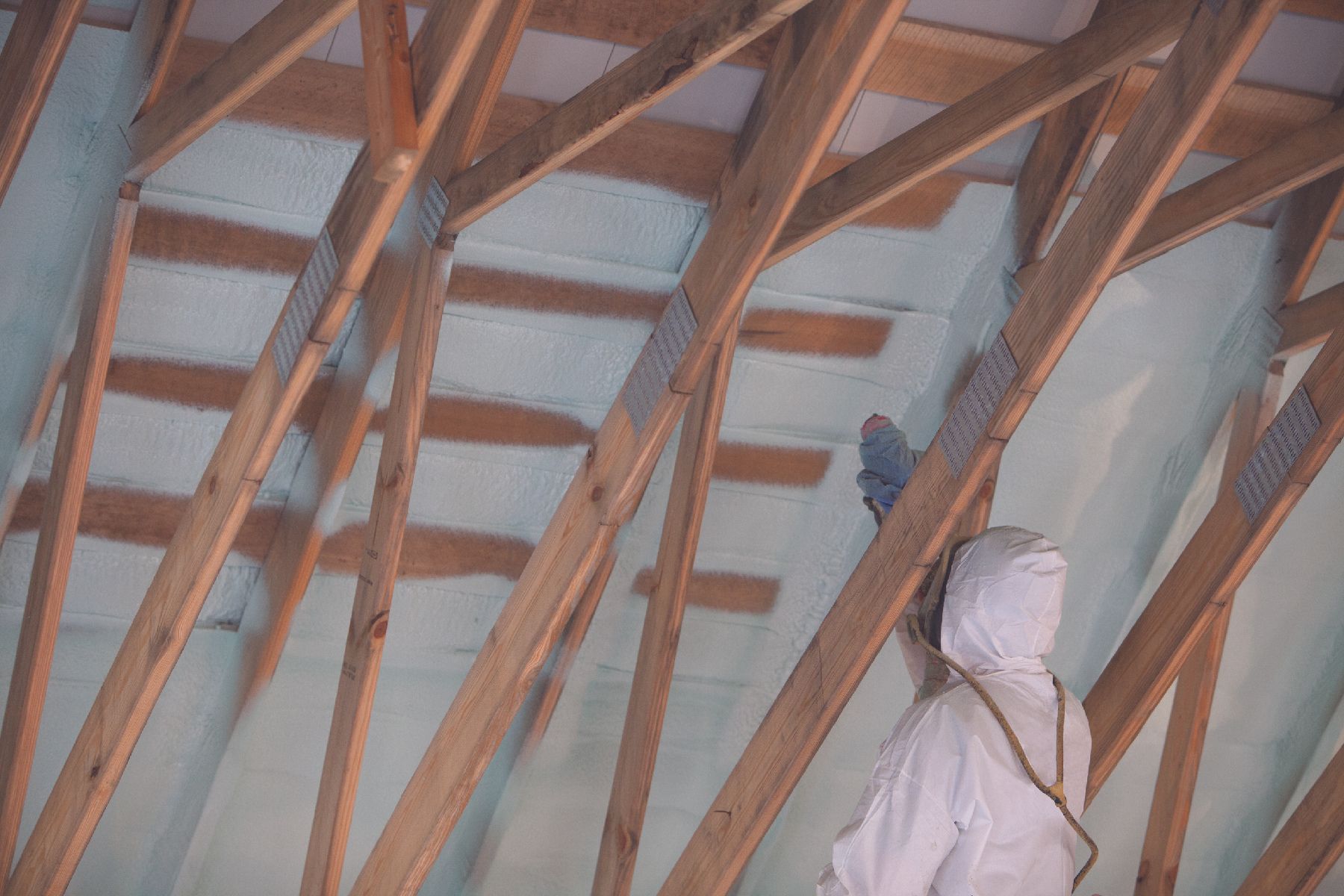
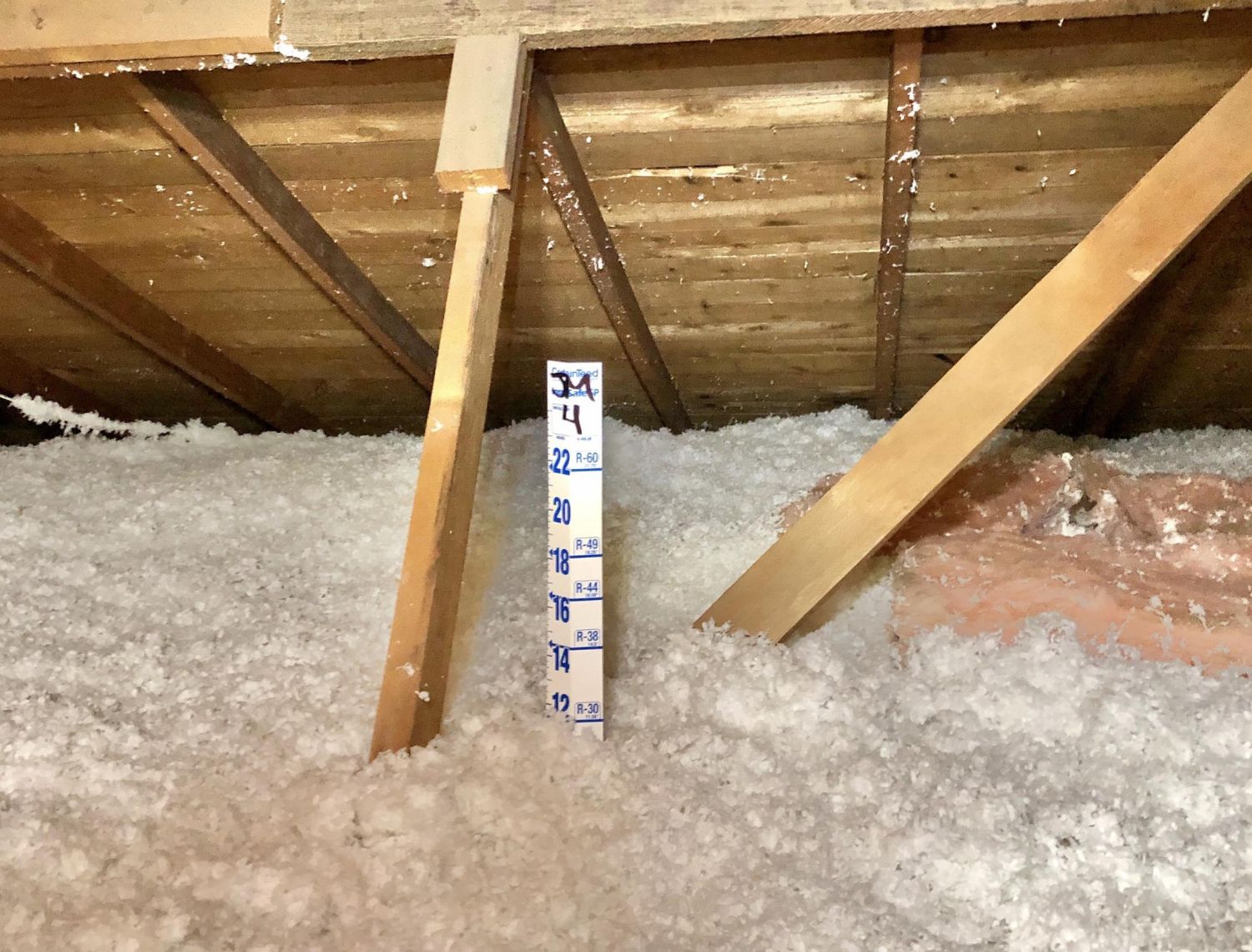
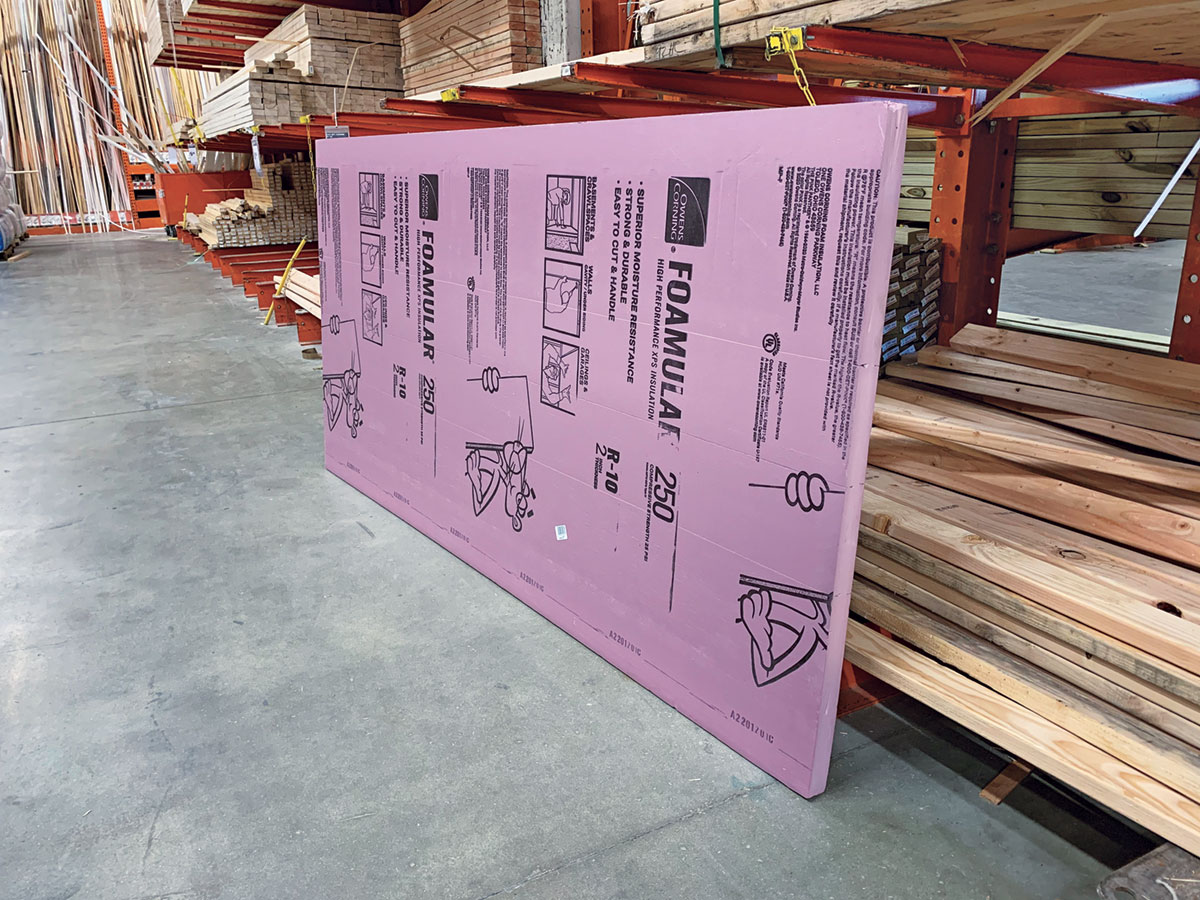
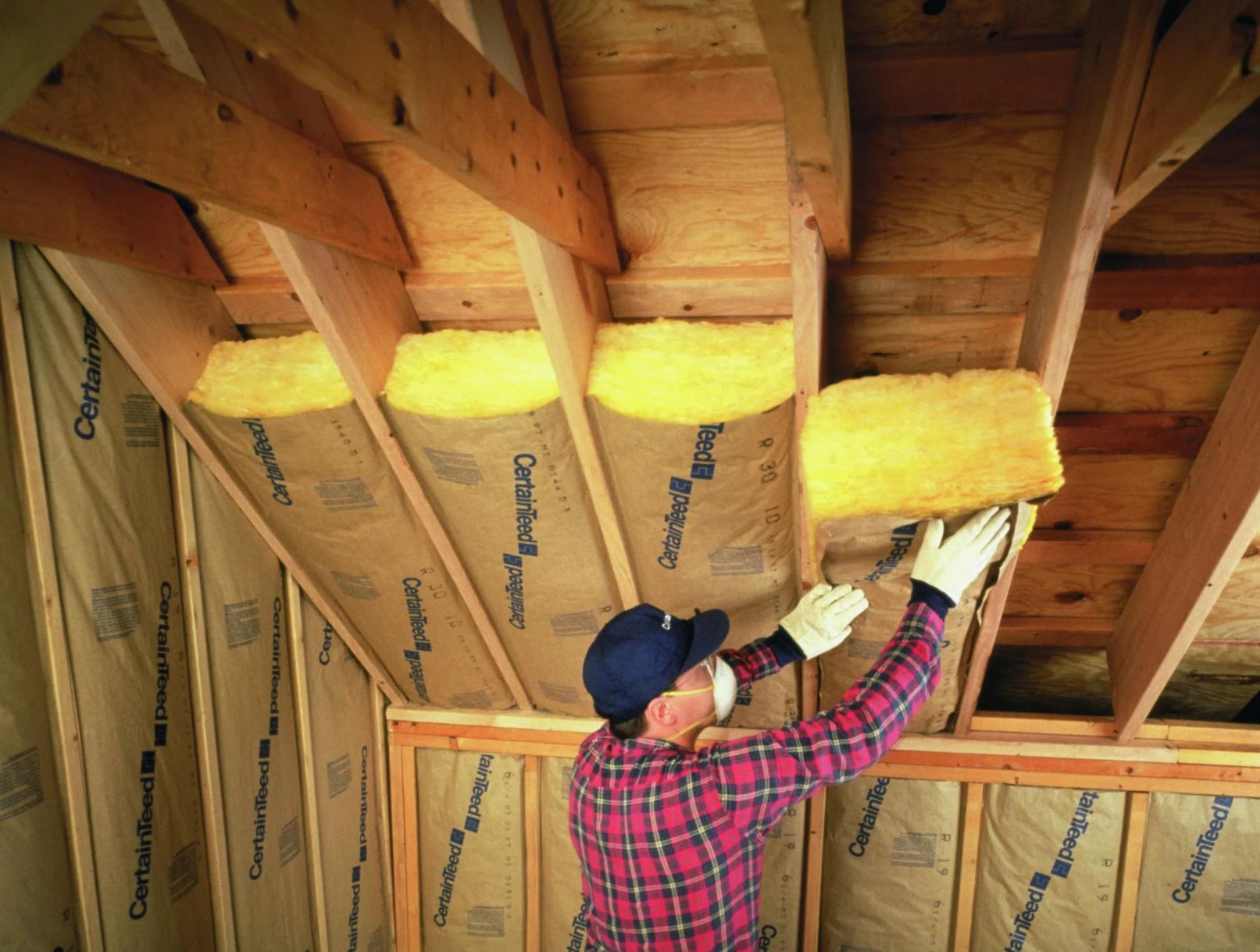
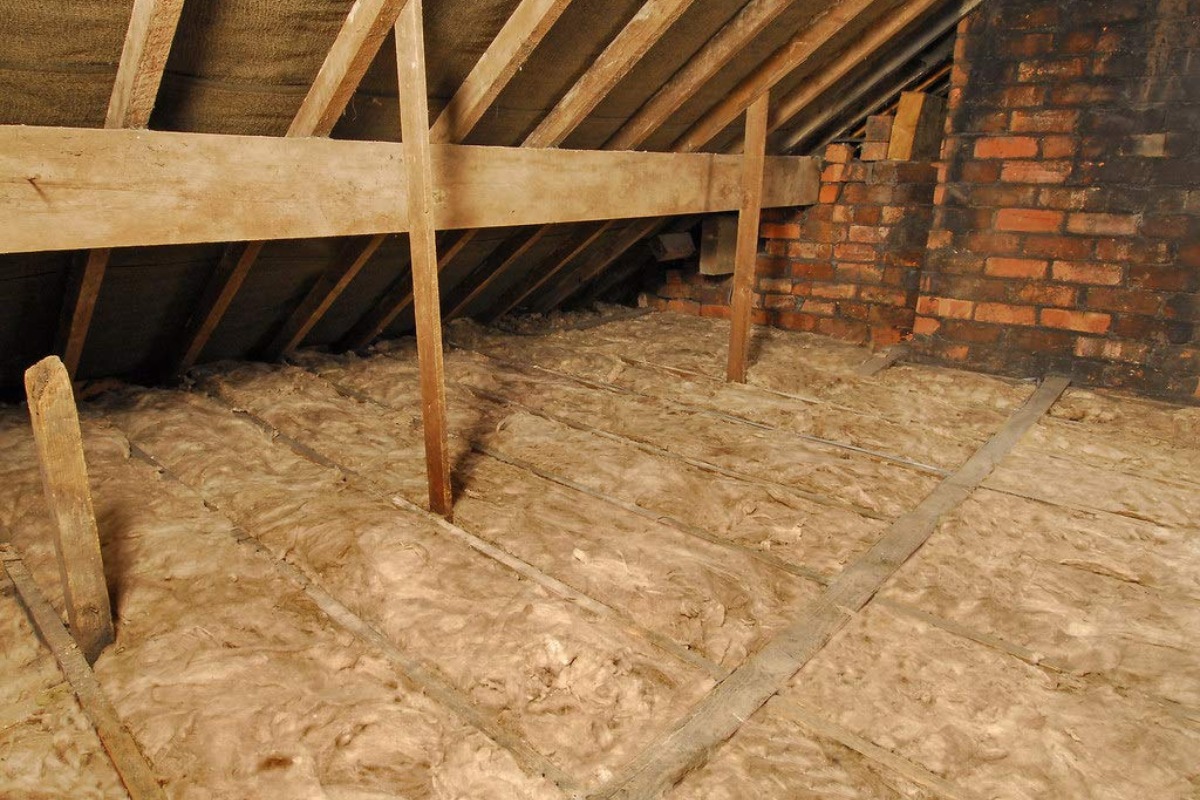
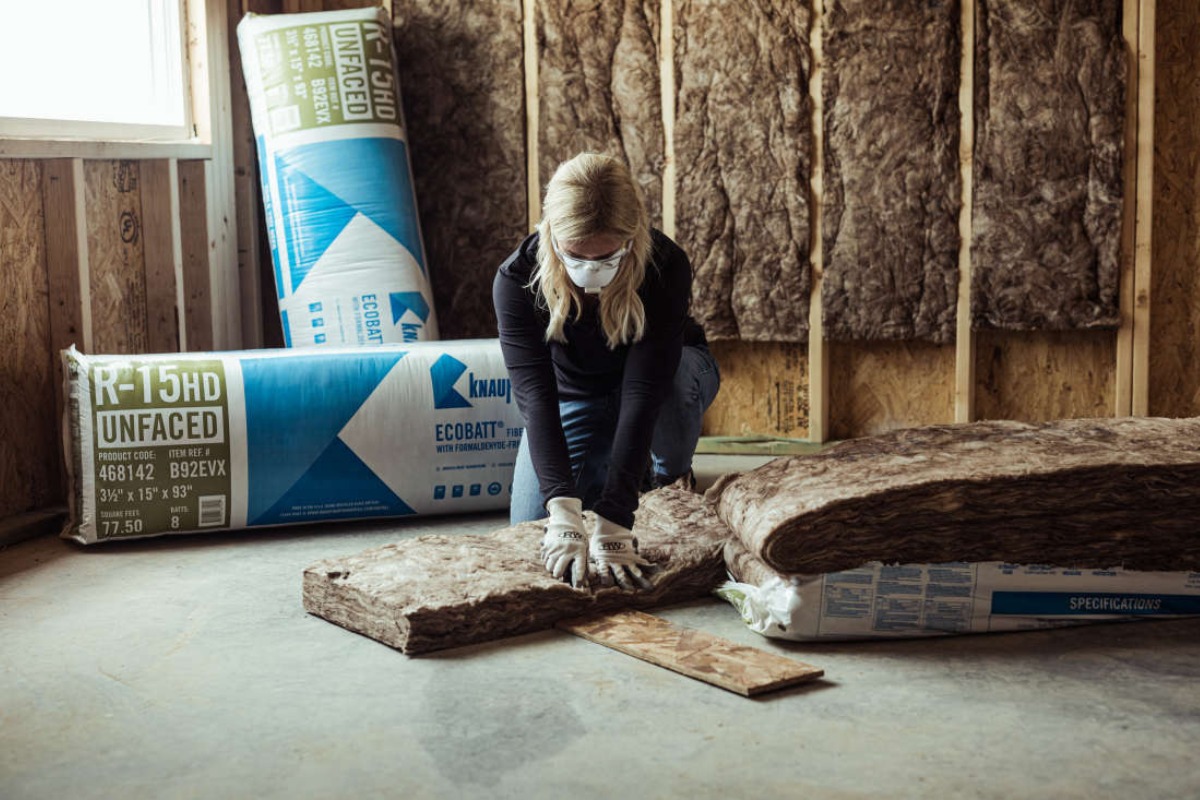
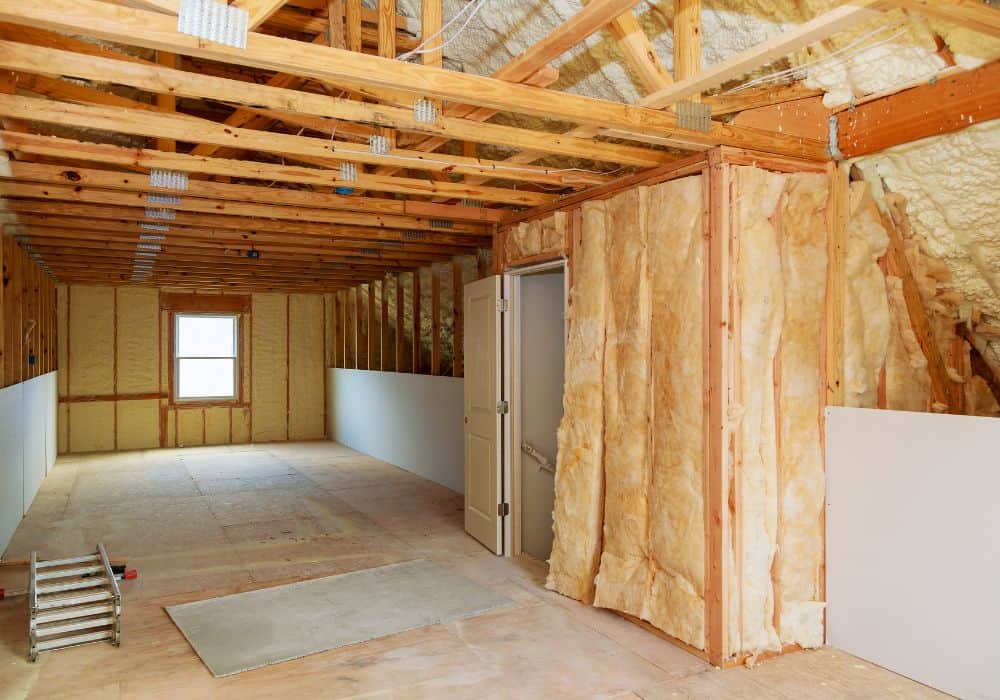
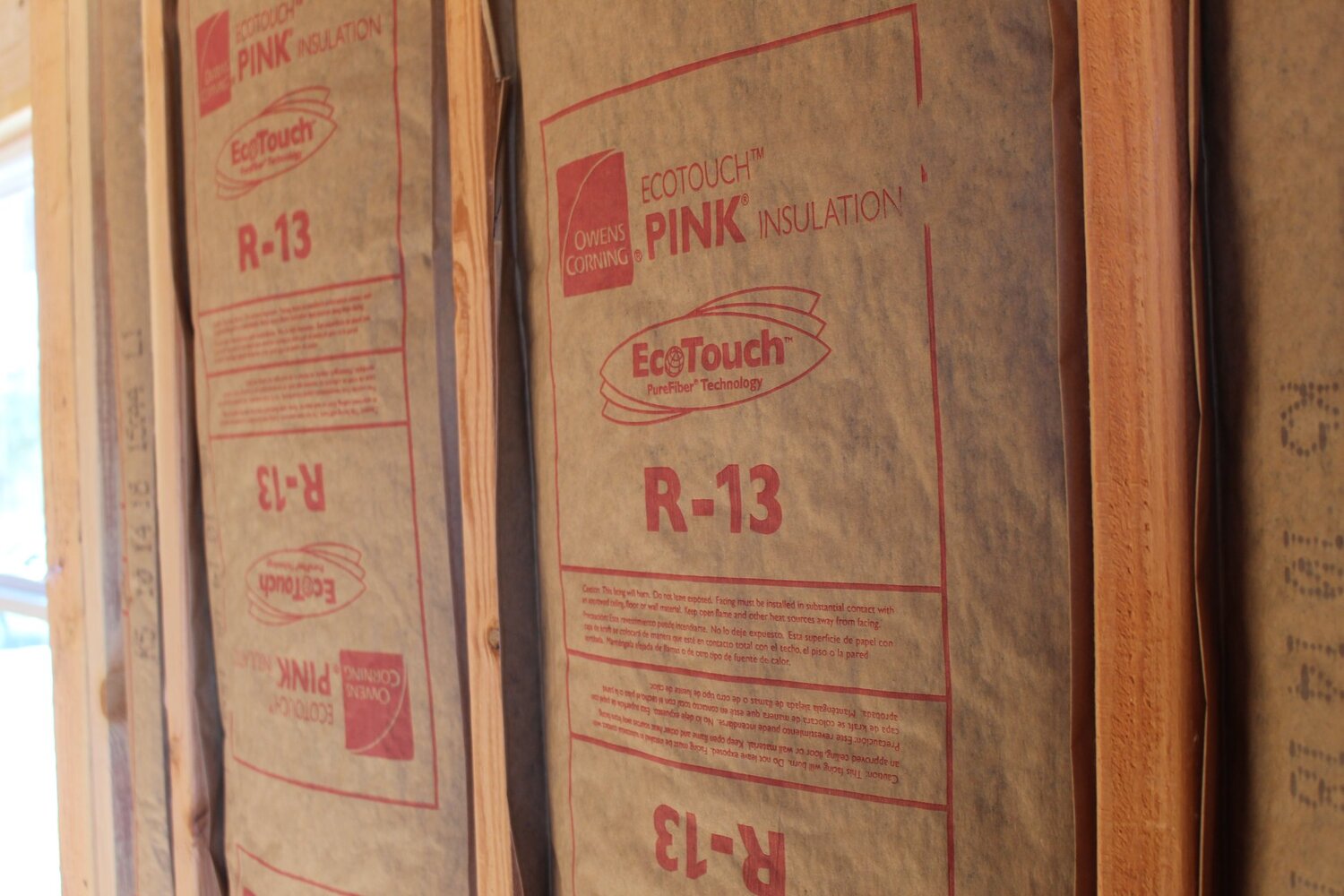
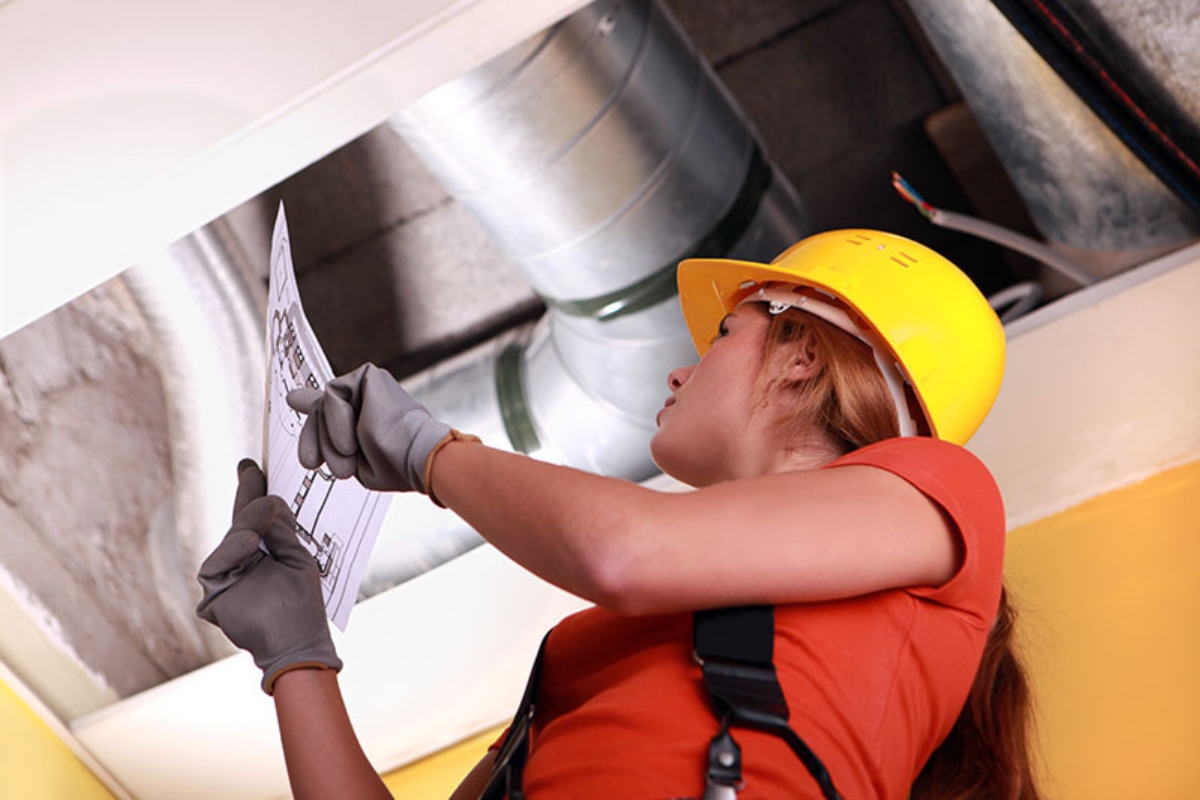


0 thoughts on “How Thick Is R-30 Insulation”